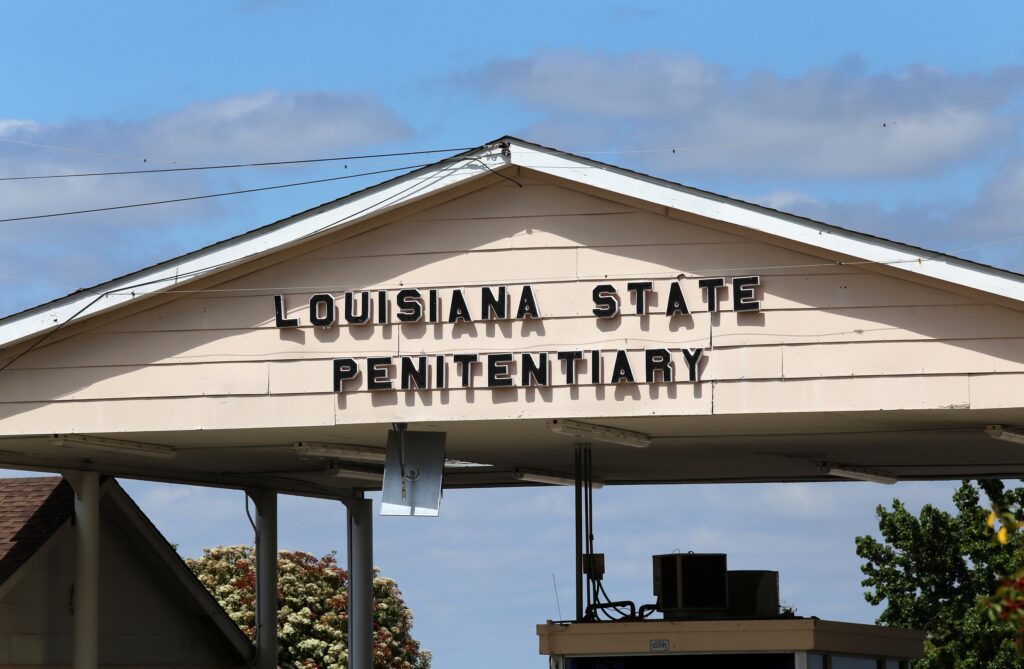Colorado Bipartisan Bill to Reduce Justice-Involvement for Young Children
Summary
Colorado House Bill 23-1249, aimed at reducing court-involvement for young children, not only works to bring the treatment of 10 to 12 year olds in line with science, but also enhances public safety. Science has shown that children’s brains are not fully developed, affecting their decision-making and impulse control. Further, research calls into question these young children’s ability to understand court proceedings and the information relevant to a defense. In responding to charges, young children can face stigma, trauma and disruptions in their education while their parents face disruptions in employment. In addition, research shows that children in this age range are often committing minor offenses and that exposure to the juvenile justice system can lead to higher rates of reoffending.
This year, bipartisan legislation has been introduced to better support young children. This bill differs greatly from legislation last year, providing more tools to address accountability, public safety and victim support.
Read the explainer here.
Frequently Asked Questions
How will public safety be addressed?
- Immediate threats: Law enforcement will still have the ability to take a child into temporary custody and request an emergency protection order.
- Recidivism: Research shows that exposure to the juvenile justice system makes it more likely that these young kids will reoffend in the future, not less. On the other hand, Collaborative Management Programs (CMPs), which have been in Colorado since 2004, have already shown great success in increasing safety and reducing future justice involvement.
- Accountability: Extra protections are put in place for children accused of crimes of violence, felony sex offenses and repeat offenses as well as those that refuse to participate in services.
How are victims supported?
- Victim’s rights: Victims will be notified of initial reports, given an ability to provide
input to the offending child’s plan and be informed whether the child was referred
to services. This ability to be informed and heard not only applies to new offenses,
but also for protection order violations and noncompliance. - Victim safety: If a victim needs a protection order, fees will be waived and technical assistance will be provided. Further, law enforcement will still have the ability to request an emergency protection order.
- Victim support: Victims will be provided the same level of services that an offending child would be through the CMP.
How will this address a lack of services in some areas?
- Areas that are lacking access to services are also in need of certain resources under the juvenile justice system. This new approach provides a greater ability to collaborate and think outside the box on how to access support. While the bill may not create more services (although some CMPs do provide their own), there will be more options to access.
What will the cost be?
- The status quo is not free. There is a cost to doing nothing. Funding, time and resources are currently being spent on the prosecutors, courts, defense attorneys and probation officers for young children in the juvenile justice system. Further, because the chance of reoffending increases when individuals go through the juvenile justice system, there are future costs to the community
